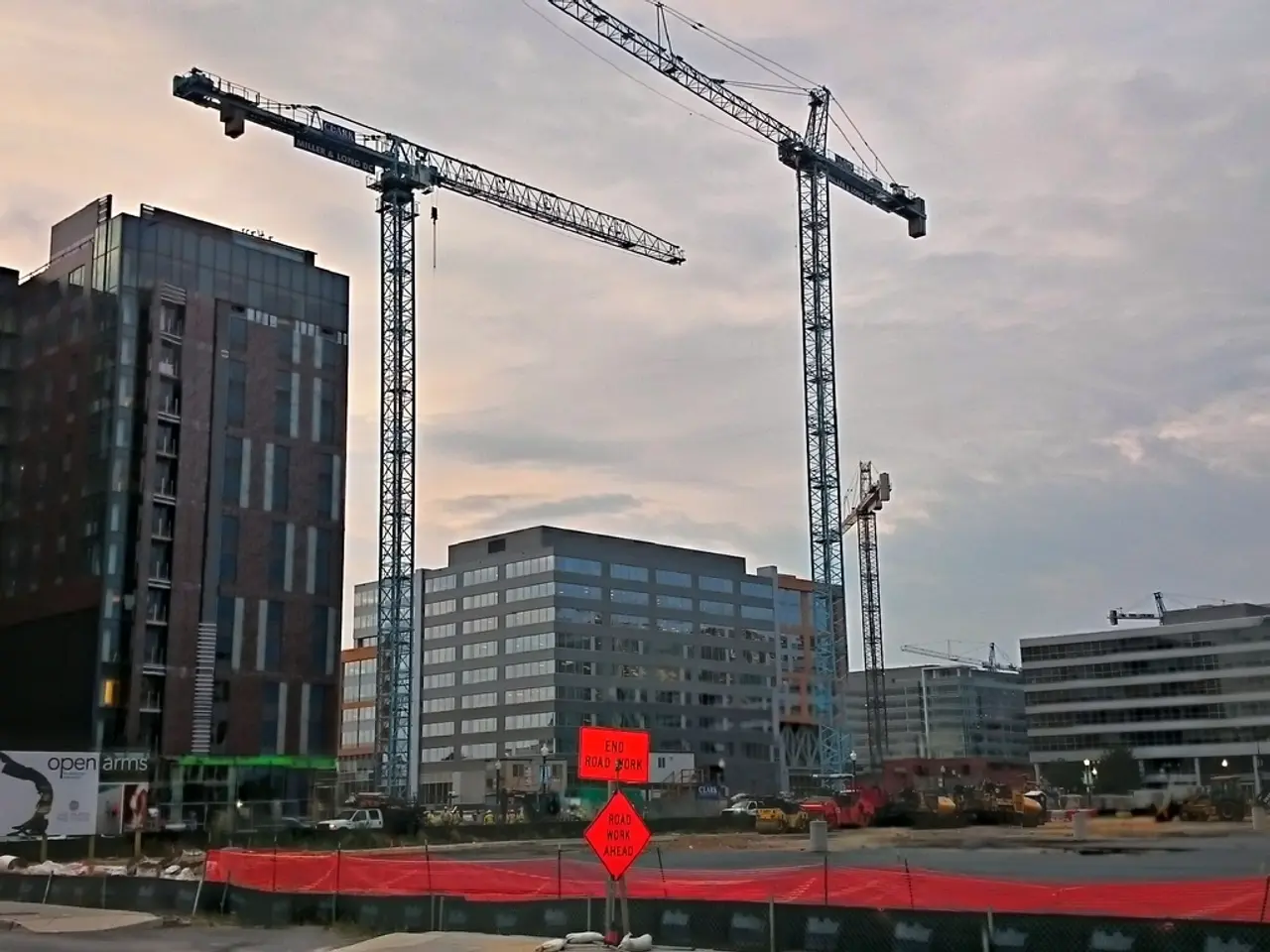Project Planning Checklist for 3D Art Outsourcing Cost Assessment
In the realm of video game development, a well-defined plan is crucial when outsourcing 3D art. Here's a breakdown of the essential information required to secure a precise and competitive quote from studios or freelancers.
Project Scope Overview
To ensure a smooth workflow and accurate pricing, it's vital to provide comprehensive details about your project. This includes the type and number of assets, art style and detail level, services needed, technical specifications, timeline, project complexity, pipeline compatibility, and additional requirements.
Asset Types & Quantity
Specify the number of characters, environments, and props that will be required for your project.
Art Style & Detail Level
Define the desired art style, whether it's realistic, stylized, or fantasy, and outline the level of detail, including any polygon count limits.
Services Requested
Detail the services you'll need, such as modeling, texturing, rigging, animation, rendering, UV mapping/unwrapping, and any other specific tasks.
Technical Specs
Provide technical specifications like texture sizes, polygon budget, file format, and platform requirements (e.g., Unity, Unreal).
Timeline
Outline project milestones and final delivery deadlines.
Project Complexity
Describe interactive animations, special effects, or any other complexity requirements.
Pipeline Compatibility
Specify the target engine (e.g., Unity, Unreal) and tools used to integrate the art seamlessly into your game's workflow.
Additional Requirements
To further refine the project, consider the following details:
- Are animations to be looped?
- Is there a limit to the overall number of particles?
- Number of polygons per model is a crucial factor for the project.
- Do you require blend-shapes? If yes, elaborate.
- Do you require skinning? If yes, elaborate.
- Procedural materials may be required for the project.
- Are there any additional requirements for the animations?
- Number of maps per material and their types are important for the PBR and textures.
- Are VFX required? If yes, list VFXs with visual references.
- Retopology might be necessary for the project.
- Which software/game engine will be used for the animations?
- If a completed scene implemented in the engine is available, it should be shared for review and analysis along with the textures.
- List of animations needed with visual references (e.g. idle, attack, jump, etc.) and their lengths in seconds.
- The game engine used in the project needs to be specified.
- UV mapping may be required for the models.
- Size of each texture in pixels is necessary to know.
- If an existing model is available, it should be shared for review and analysis.
By providing this information upfront, studios or freelancers can create tailored quotes that cater to your project's needs, ensuring efficient budgeting and quality control during outsourcing.
Considering RocketBrush 2D for Model Creation
For model creation and export, RocketBrush 2D is being considered for the project. This 3D art studio is particularly suitable for creating stylized 3D characters, if concept art has not already been done.
Defining Visual Standards
Define the level of detail and quality of textures, with visual references provided to ensure consistency in the final output.
Hierarchy of Objects and Pivots
The hierarchy of objects and pivots may have specific requirements, so it's essential to discuss these with the selected studio or freelancer.
Low-Poly Models (LODs)
If low-poly models (LODs) are required, details about the number and requirements should be provided.
By following these guidelines, you'll be well on your way to a successful 3D art outsourcing project for your video game. Clear communication and a well-defined scope are key to achieving high-quality results that meet your project's needs.
- When collaborating with studios or freelancers on artificial-intelligence integration in video game development, it's essential to provide a detailed plan specifying the technical specifications, project complexity, pipeline compatibility, and additional requirements, similar to a comprehensive breakdown provided for outsourcing 3D art.
- To create AI-powered characters for the video game, technology like RocketBrush 2D can be considered, which specializes in the creation of stylized 3D characters, providing a suitable solution if concept art is not already available.




